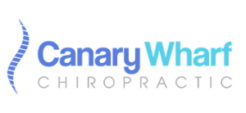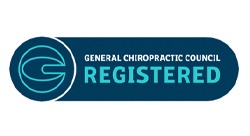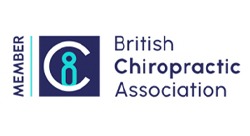Facet Joint Osteoarthritis is also referred to as degenerative arthritis, it is a condition that causes the breakdown of cartilage between your facet joints.
Who is prone to Osteoarthritis?
Generally, Facet Joint Osteoarthritis becomes more common with age, meaning the older you get, the more likely you are to develop the condition. With Facet Joint Osteoarthritis, patients usually notice two main processes of the condition, which we’ll discuss below.
The first, is a breakdown of the cartilage in the patients facet joints. These are the bits in your spine which link the vertebrae together. The second, is the development of abnormal bony growths. These growths are referred to as osteophytes or bone spurs and they develop on the vertebrae.
What are the symptoms of Facet Joint Osteoarthritis?
Facet Joint Osteoarthritis is a degenerative process, and for most people who suffer from it, it can cause intense pain, aching, stiffness and decreased mobility. The reason for the pain is the lack of cartilage, as the joints and vertebrae aren’t protected anymore. The process itself (highlighted above) may take years to occur, and many people notice their symptoms on a small scale, or in tandem with other spinal issues.
How can you stop the pain?
Most people consider non-surgical treatments to be the most effective when dealing with Facet Joint Osteoarthritis. Treatments that focus on restoring movement and motion, and relieving pressure and pain tend to be the most life-changing for those who suffer from Facet Joint Osteoarthritis.
Treatments that work for Osteoarthritis below:
Chiropractic sessions: Manipulation of the muscles and gentle stretching can help relieve pressure and pain and realign your body to ensure weight is distributed properly.
Stretching exercises: Focussing on the leg muscles (hamstring and quads) as well as the hip joints, can help strengthen the back. It can also help build flexibility and mobility, which can ease a lot of the pain associated with Osteoarthritis.
Water therapy: This can be a useful form of therapy for Osteoarthritis as it allows the patient to be ‘weightless’ which often means movements and motion causes less pressure and less pain. During water therapy you may practise a range of motion and movements, that would ordinarily be too painful.
Acupuncture: Medical Acupuncture can help encourage the body to release important healing and restorative chemicals, which can help with pain relief and healing.
Sports Massage: Sports Massage is a key treatment to relaxing muscle and joint pain, and keeping joints nimble and flexible too. Regular sports massages can help aid in pain relief and pain management.


